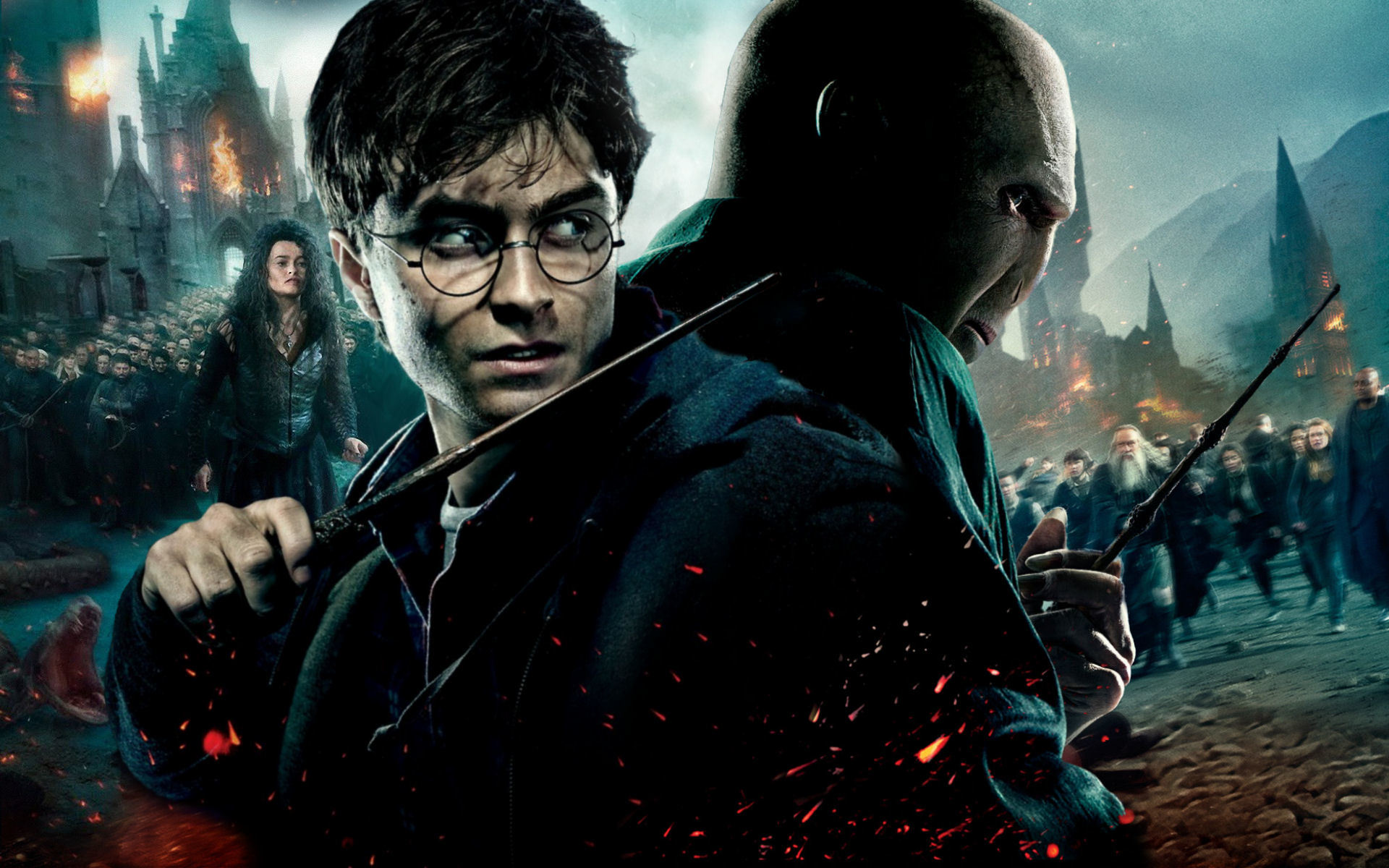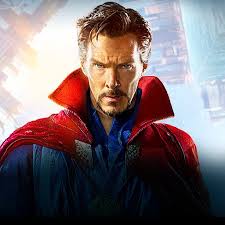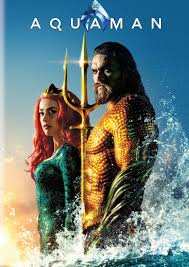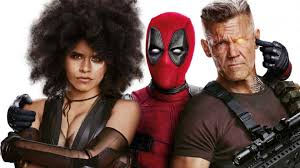Alright, if you’ve been following my “How to Write a Novel” series, I hope you have found these posts helpful in creating fleshed out characters. Audiences are drawn to characters with identifiable weaknesses and needs, and to the conflict those needs create. If you are writing fiction, this should be one of the biggest steps in storycraft.
Now, we come to the next stage: Determining your hero’s desire. At this point in character construction, your hero should have a weakness (something inside or outside that is holding him back from having a better life) and a need (what the hero must overcome within himself in order to have a more fulfilling life). But even with these two facets built into your character giving him depth and complexity, we still don’t have a story. The story does not begin unless your character sets out to accomplish his desire.
A desire is what the hero wants in his story, a goal. Without it, your character is just sitting there wallowing in his weakness and need, and nothing changes. What sets the story in motion is that your character wants something, and goes out and gets it. The audience then rides along with your hero on this journey to see whether or not he achieves the thing that he wants.
Imagine the opening of your story. You, creating your story, have a basic premise. You know generally what story you want to tell. You have a few opening lines maybe and introduce your character. You establish that his life is incomplete, something is missing. He must go on this epic journey of growth and change, but what will get him there? He can’t be aware of his weakness or need; that’s meta-knowledge, accessible only to the writer. If the character becomes aware of his weakness or need, the story is over. So what sets him on this journey? That, my friends, is desire.
To illustrate my point, I am going to use The Hunger Games. When we meet Katniss, the heroine of the story, she is in a rough place. She lives in poverty, hunting squirrels for food; her fellow citizens of District 12 are oppressed by a tyrannical government, and every year children all over the country are forced to fight each other to the death for the pleasure of said tyrannical government. Eventually, over the course of three books, Katniss will become a catalyst for change in her society; her actions will lead to a revolution and overturn of nearly a hundred years of oppression and corruption, but at the beginning of this story, Katniss is not aware of this. She doesn’t know or care about the larger scheme of things that make her life miserable. She does not know what she needs to overcome to have a better life, or she would have done it already. No, something else needs to set her on the journey to become a revolutionary and hero, the Girl on Fire. That thing comes when her younger sister is chosen to enter the Hunger Games, and Katniss (in an iconic moment) volunteers to go instead. Katniss didn’t volunteer because she had some grander plan; she did it to keep her sister safe. That was her desire. She wanted something, to prevent her sister from being killed in the arena, so she took action. This is how desire works in your story.
Desire and need are two fundamentally different things, but it is very common for writers to confuse the two of them. A need is your character overcoming a weakness within themselves, and what the story is truly about. A desire is a goal your character has outside themselves, and what the audience thinks the story is about. The need is the underlying journey of change, hidden from the audience until they see the change occurring within your character, but the desire is the means to get the story to want to go along with this character in the first place, in order to see the change. The desire, the goal that your character sets out to accomplish, is what pulls your audience along on the many twists and turns of your story, until the goal is accomplished and the need is met. The desire keeps your hero moving in the particular direction he needs to go and taking action to meet his goal, and all the while the need is operating beneath the surface, gradually molding him into the person he must become.
For another example, let us take a look at Pirates of the Caribbean (the first film only; all the sequels are garbage). Will Turner is a young blacksmith and, unbeknownst to him, the son of a famous pirate. He is in love with Elizabeth Swann, the governor’s daughter; he is also shy, reserved, self-righteous, underestimated, and unappreciated by pretty much everyone around him. What I just listed there are his weaknesses. His need is to overcome his prejudices toward pirates and toward Elizabeth herself, believing that her higher station in life means he can never have a relationship with her. Will’s desire comes into play and sets the story in motion when pirates come to Port Royal and kidnap Elizabeth. Will strikes a deal with the captured pirate Jack Sparrow, setting him free in exchange for his help rescuing Elizabeth. Will’s desire operates on the surface of the story and pushes him to take action through every twist, turn and digression of the story, while his need continues to lurk underneath. He finally fulfills it by fighting alongside Jack against British officers and helping him go free at the end of the story.
What writers must keep in mind is that weakness, need, and desire serve very different purposes in your story. Weakness and need form the core; they make your story moving, personal, real, and meaningful. We as readers want to see fundamental, dramatic change in characters. For many of us, it’s the reason we read stories at all; it’s what makes us care. In my humble opinion, it should be the reason anyone writes stories. Opening your story with a desire and call to action is quick and convenient, but it skips essential character building and familiarizing your audience with the weaknesses and needs of your characters. Make the audience care about your character before you send them off on the wild and wacky journey. Your audience won’t care as much whether or not your hero rescues the girl or finds the magical whatsit if they don’t expect change to occur in his heart. That’s what makes your story matter.









